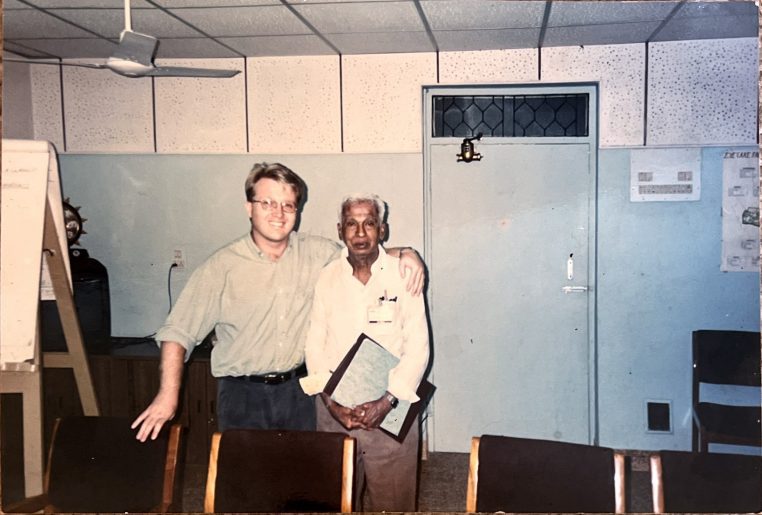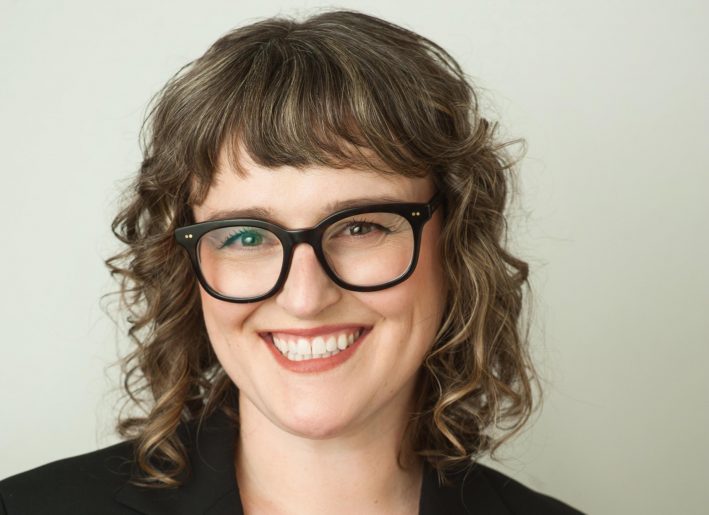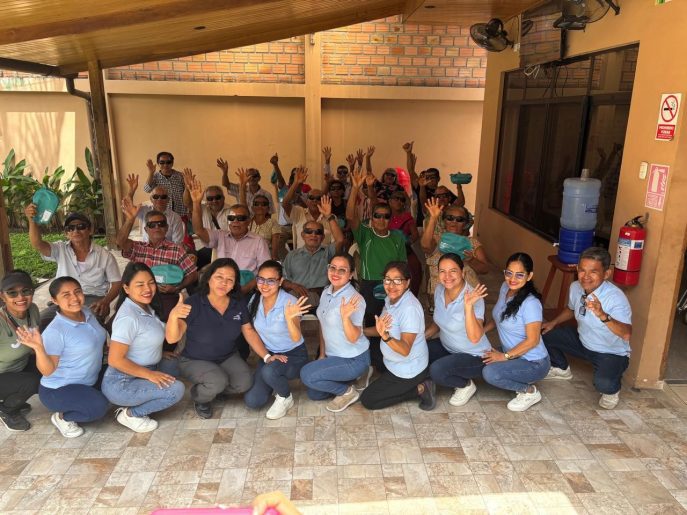Seva Canada is working to reduce the prevalence of childhood blindness in eastern Africa.
As the causes of blindness in children differ from those in adults, different control measures are needed. In low-income countries, high proportions of children are blind from preventable causes, which require community-based interventions.
In all regions, children with treatable diseases, principally cataract, can have their sight restored.
Shamimu, age 5
Shamimu, age 5, is blind from cataracts and cannot see to do her schoolwork
Childrens’ eyes cannot, however, be considered smaller versions of adults’ eyes, and specific expertise and equipment are required. Unlike adults, children require longterm follow-up after surgery, to manage complications and to prevent amblyopia (‘lazy eyes’). The understanding and involvement of parents is critical. In all regions, children with irreversible visual loss must be assessed for low-vision services, early visual stimulation, rehabilitation or special education, depending on their age and level of residual vision.
Shamimu after cataract surgery on both eyes to restore her sight
Seva Canada has launched a new fundraising campaign to restore sight to 250 blind children in Tanzania, Madagascar, Burundi and Malawi.
“This campaign will prevent 12,500 years spent in blindness, based on average life expectancy of 50 years,” says Dr Paul Courtright, co-director of the Kilimanjaro Centre for Community Ophthalmology in Moshi, Tanzania, Seva’s partner in Africa.
Giving the gift of sight is one of the most cost-effective ways to reduce poverty, according to the World Health Organization.
Shamimu with her bandages removed
Fully recovered from her cataract surgery, Shamimu is now keen to return to school
Some facts about childhood blindness in Africa:
- 300,000 children in Africa are blind and hundreds of thousands more have low vision
- Childhood blindness and low vision is most often preventable or treatable with early identification, adequate follow-up care and low vision services
- Congenital/developmental cataract is one of the leading causes of blindness in children and the incidence is 6 to 10 times more common than in Canada
- Childhood blindness and low vision affects families and communities for generations and drives families deeper into poverty
- One study places the global economic loss over 10 years of childhood cataract at between $1 billion – $6 billion
- By restoring sight to a child, you are preventing an average of 50 years of blindness and suffering
The cost of providing cataract surgery for a child and restoring his or her sight is $300 and includes:
- Screening of children in their communities
- Provision of specialized pediatric lens implants and other consumables for cataract surgery
- Provision of infant and children’s prescription glasses and low-vision devices
- Transportation to and from hospital
- Hospital costs and food for an average stay of 11 days
- Follow-up care and services
Give the gift of sight to a blind child in Africa and change his or her life forever.



